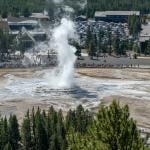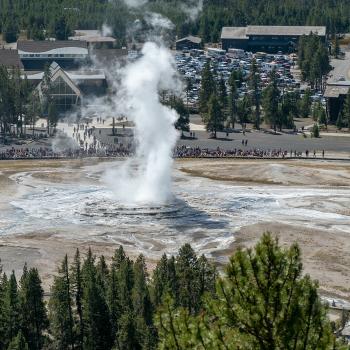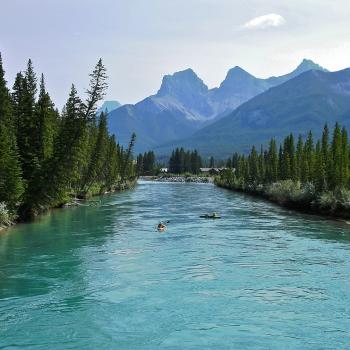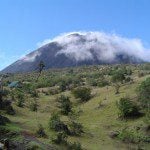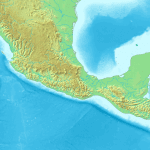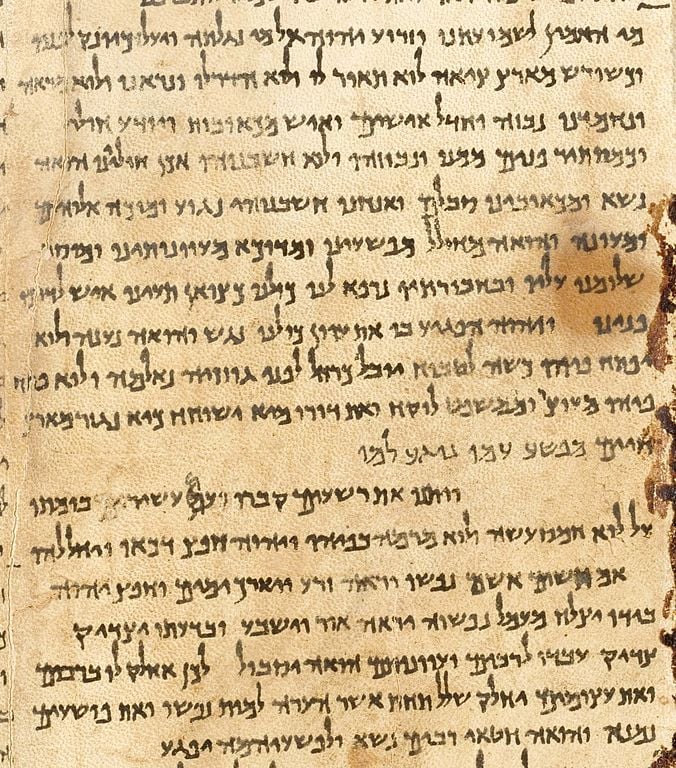
(Wikimedia Commons public domain image)
It’s Thursday at the Interpreter Foundation, so here’s a chapter reprint for you: Seek Ye Words of Wisdom: Manipulating Text to Reinforce the Message: Content informs Form in the Bible and Book of Mormon,”
written by my long-time friend Paul Y. Hoskisson
Part of our book chapter reprint series, this article originally appeared in Seek Ye Words of Wisdom: Studies of the Book of Mormon, Bible, and Temple in Honor of Stephen D. Ricks, edited by Donald W. Parry, Gaye Strathearn, and Shon D. Hopkin. For more information, go to https://interpreterfoundation.org/books/seek-ye-words-of-wisdom/.
“The peoples of the ancient Near East, Israel, Babylon, Assyria, Ugarit, and Egypt manipulated their language and literature in ways that we, in our Western strictures, might deem at least playful, if not downright annoying. I have previously published on a few of these aspects of ancient Near Eastern writings pertaining to the Bible and the Book of Mormon. This essay will introduce to a Latter-day Saint audience the concept that the content of a passage can inform the form of the passage—that is, how the words, syntax, organization, etc. of a passage are deliberately assembled in such a way as to reflect the meaning of the passage individually or in consort with each other.”
Also, published in Meridian Magazine, this is an interesting article that was written from an interesting and unusual perspective: “The Sacred “And”: A Linguistic Witness in the Book of Mormon”
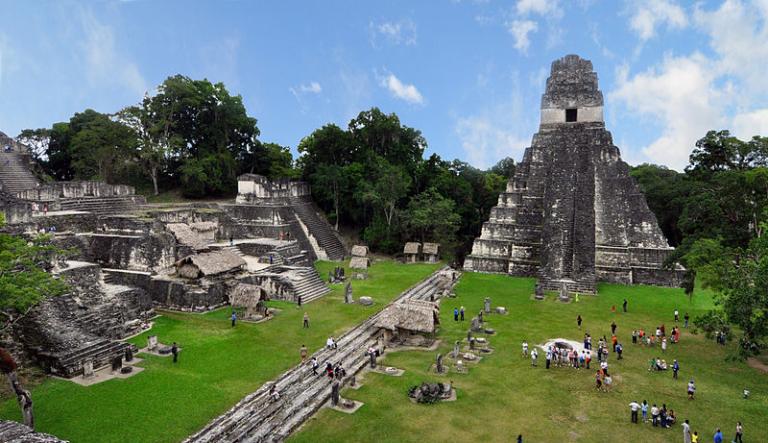
The structures shown here postdate the period of the Book of Mormon. Although they were long used quite uncritically in popular Latter-day Saint publications on archaeology and the Book of Mormon, many of the most spectacular ruins in Mesoamerica are actually too late to have been built by its peoples.
Just so that there will be no illusions here — alas, no cure exists for some of the denizens of the Peterson Obsession Board — I repeat (yet again) declarations that I’ve issued here multiple times before. And I expand upon them just a bit:
- I make no money from Latter-day Saint apologetics. (My wife and I have been and continue to be [admittedly minor] donors to apologetics.)
- I have no financial interest or investment in promoting limited-geographical models for the Book of Mormon and derive no profit from any of them.
- I’ve seldom even written on the topic of Book of Mormon geography, and then typically only in passing.
- Since I earn no money at all from promoting limited-geographical models, it’s highly unlikely that I earn hundreds of thousands of dollars from doing so.
- I make no money from leading tours to Mesoamerica.
- To the best of my recollection, I’ve been on only one tour to Mesoamerica during my adult lifetime, and I received no money for going on that tour.
- My friend John Sorenson led no tours to Mesoamerica of which I’m aware (and, accordingly, is unlikely to have profited from leading such tours).
- M. Wells Jakeman led no tours to Mesoamerica of which I’m aware (and, accordingly, is unlikely to have profited from leading such tours).
- Janne M. Sjödahl led no tours to Mesoamerica of which I’m aware (and, accordingly, is unlikely to have profited from leading such tours).
- L. E. Hills led no tours to Mesoamerica of which I’m aware (and, accordingly, is unlikely to have profited from leading such tours).
Those who want to speculate about the origins of limited-geographical theories set in Mesoamerica and about the factors that motivated their creation should read Matthew Roper, “Limited Geography and the Book of Mormon: Historical Antecedents and Early Interpretations,” FARMS Review 16/2 (2004): 225–275, before speculating further. And, of course, they should also have read the initial portion of John L. Sorenson’s seminal volume An Ancient American Setting for the Book of Mormon (Salt Lake City: Deseret Book, 1985), in which he sets out the textual analysis, followed by the archaeological reasoning, that impelled him to his “limited Tehuantepec model.” (See also John L. Sorenson, Mormon’s Map [Provo, UT: FARMS, 2000].) The reasons that Professor Sorenson offers are both adequate and sufficient to account for his position. No further reasons are needed to explain it.
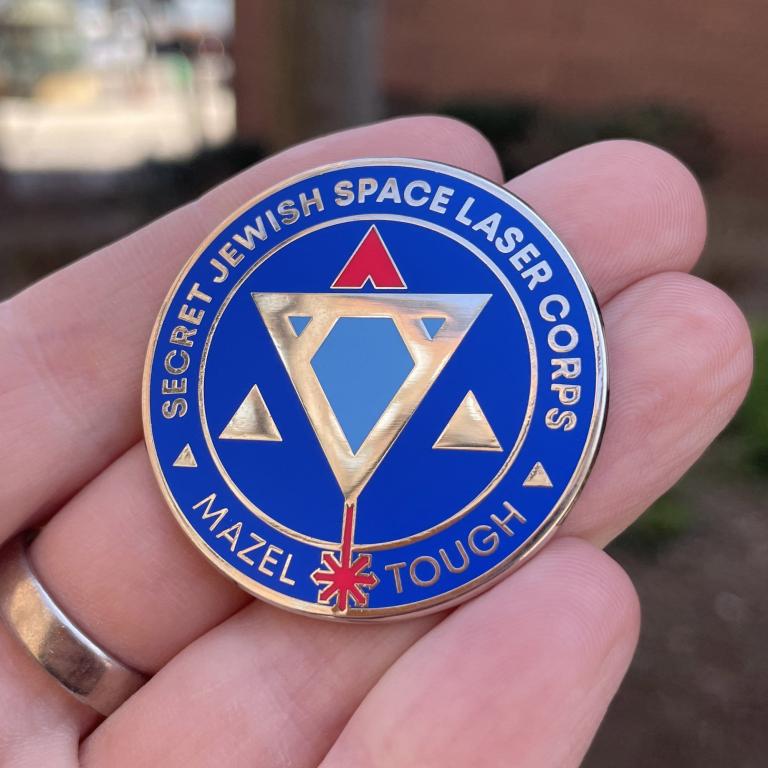
Here, it’s worthwhile to remember Ockham’s (or Occam’s) Razor, the famous “principle of parsimony,” which suggests that, all other things being equal, the simplest explanation is likely to be the best explanation. The Razor essentially states that, when faced with competing hypotheses, the hypothesis that requires the fewest assumptions or entities should be favored. Although the fourteenth-century English philosopher and theologian William of Ockham apparently never used these precise words, it is often stated as Entia non sunt multiplicanda praeter necessitatem, which can be rendered as “Entities must not be multiplied beyond necessity.”
For example, if someone has a headache it is more likely that she is dehydrated than that she has been deliberately targeted by rogue headache-inducing Jewish space lasers — or, even, that she has been dehydrated as an effect of such targeting. (Jewish space lasers are, in such cases — as in the case of California wildfires — dubious and, for explanatory purposes, quite unnecessary entities) And if your son’s room is a mess, it’s more probable that he had failed to clean it up as you asked him to do than that he actually did clean it up but that an unknown marauding prankster, perhaps even misreading your street address on the curb, stealthily entered your home, administered a sleep-inducing drug to your son, and, while he slept, disordered everything in his room as a tribute to the Norse trickster god Loki. Once the geographical data given in the Book of Mormon have been understood and once the archaeological data have been examined, there is nothing in the origins or motivations of limited-geographical settings in Mesoamerica that remains to be explained. No lucrative tours need be invented. No unevidenced greed or self-interest need be invoked. Nor do any Jewish space lasers or itinerant Loki-worshiping pranksters.


